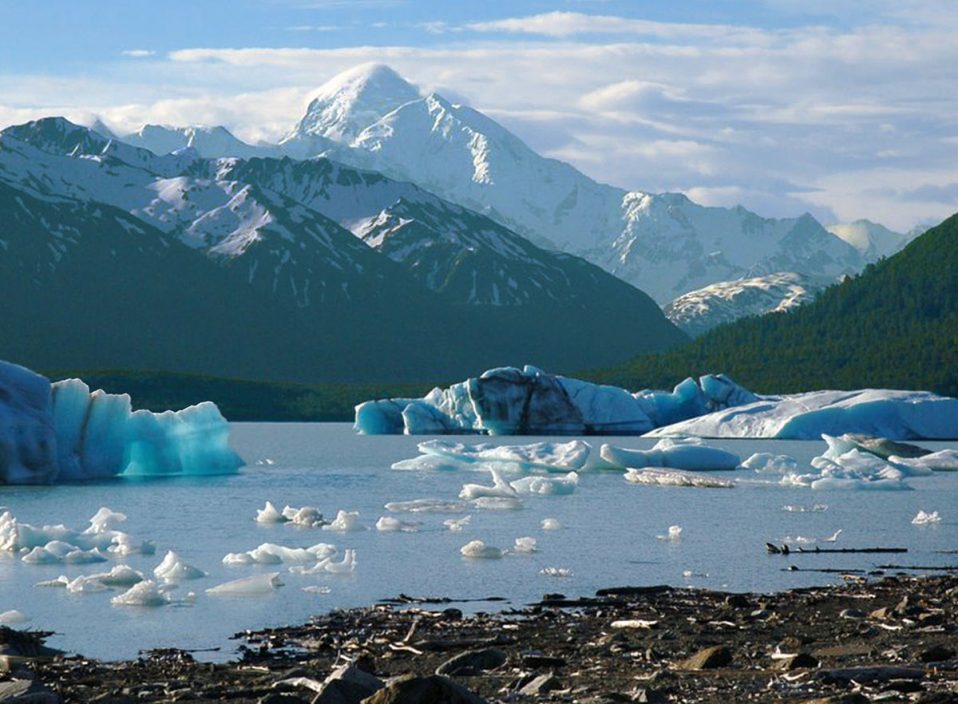A note on the Nez Perce Language! Nez Perce is a highly endangered language. While sources differ on the exact number of fluent speakers, it is almost definitely under 100....
Native Place Names – How Wy’East (Mount Hood) came to be.
The native names for the mountains of the Cascade Range tell an engaging story, where the volcanoes becomes a community of dynamic and interconnected characters as they feature in myths and legends explaining how the land was formed and the millennia long relationship people have had with it. This article…...











Recent Comments